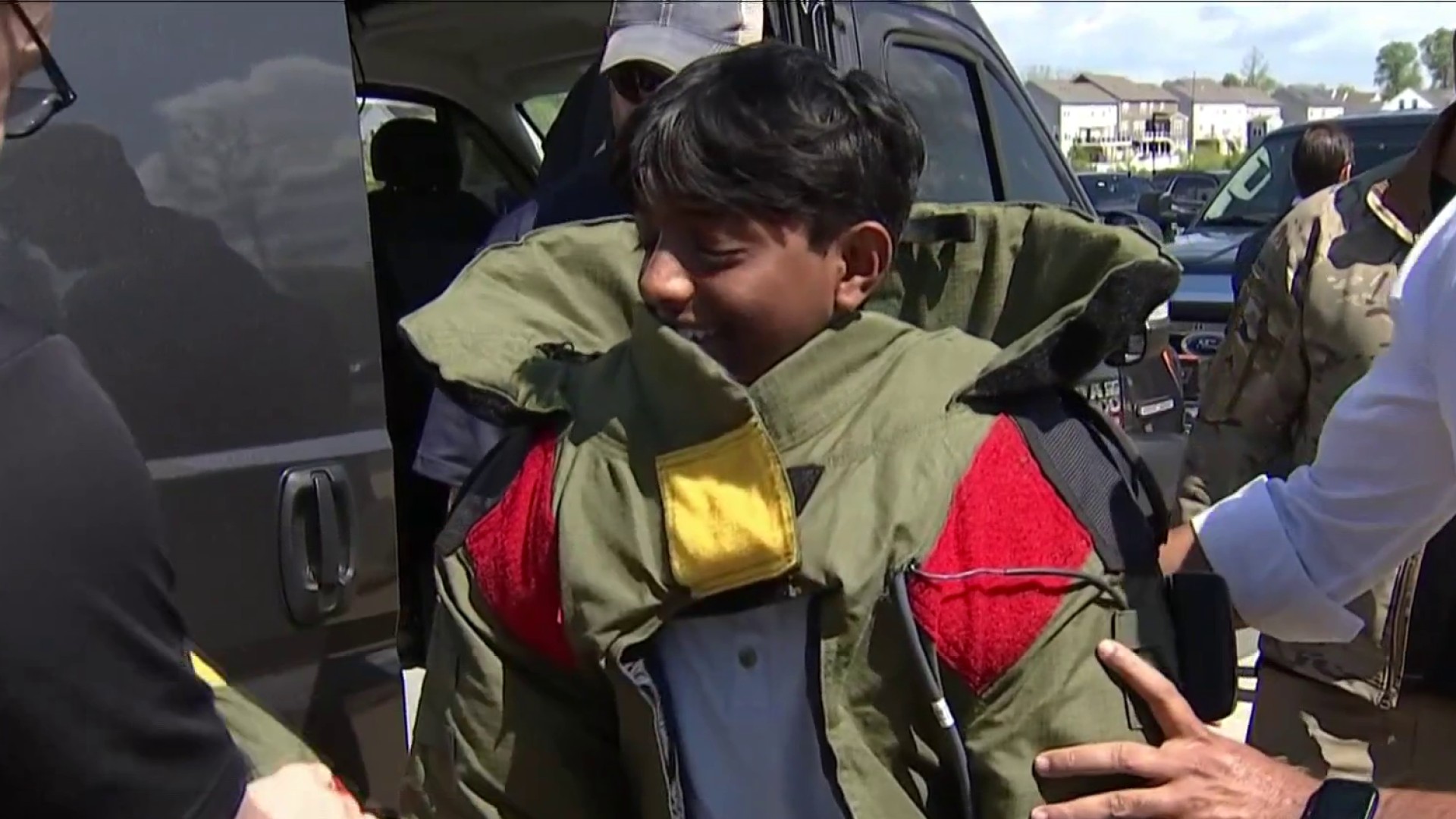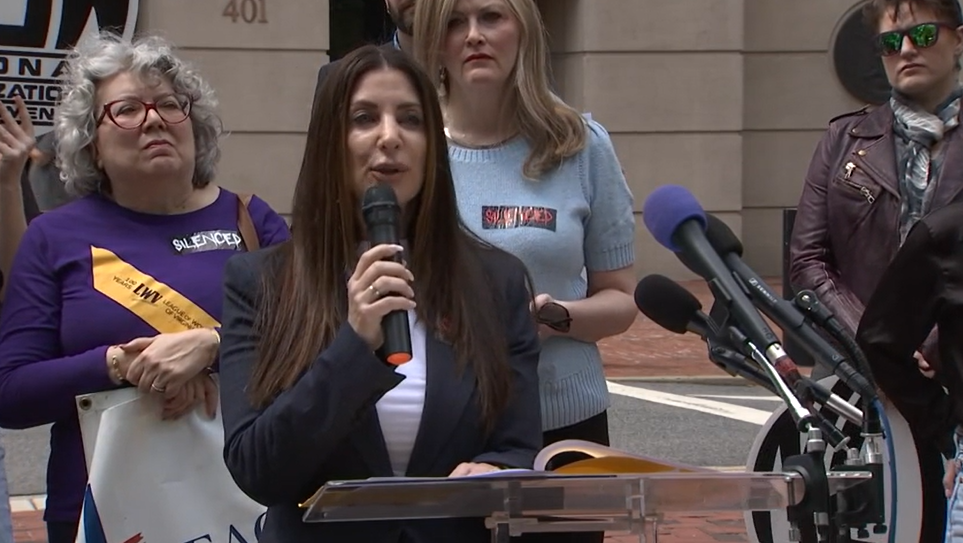Northern Virginia Republicans will start casting ballots this weekend to nominate candidates for Congress, and in some cases, voters will use ranked choice ballots.
Virginia’s GOP first tested ranked choice voting last year at statewide, drive-up primaries. Instead of picking just one person, voters rank each candidate, indicating their first choice, second choice and so on.
Many party leaders are convinced the less conventional way of voting leads to more electable nominees.
Led by Gov. Glenn Youngkin, Republicans swept statewide races in 2021.
We're making it easier for you to find stories that matter with our new newsletter — The 4Front. Sign up here and get news that is important for you to your inbox.
“The takeaway for me, personally, is that the system works,” 11th District GOP Chairman Steven Knotts said.
It’s a system being used again in both the 10th District and 11th District GOP primaries this month.
Ranked choice voting essentially creates an instant runoff, dropping the lowest-ranked candidate after each count and recalculating until someone gets 50% plus one vote.
Northern Virginia
Northern Virginia news, events and updates
“I think it’s a really good way of, A, having consensus and getting past that 50% mark, and B, just making it more of a party that’s unified behind a candidate because everyone had a voice in that candidate,” Knotts said.
He said it can also make for a more civil primary campaign.
“When you know that you need to have someone else’s supporters to keep you as their No. 2, a lot of the nastiness kind of goes away,” Knotts said.
Ranked choice voting and its expansion is something they’ve been studying at James Madison University’s Center for Civil Engagement. Because it’s only effective in contests with more than three candidates, it’s mostly used in primaries and municipal at-large elections.
“Democracy is an experiment, and so ranked choice voting is really in the experimental stage right now, and we really need more data,” said Dr. Carah Ong Whaley of James Madison.
She said on the plus side, ranked choice voting can result in candidates who provide better representation and better governance.
“As of this month, we now have 55 cities, counties and states that are using ranked choice voting for all voters in their next election,” she said.
A downside is voters can see it as too complicated, and so far, there is no clear evidence it helps boost turnout everywhere it’s used.



